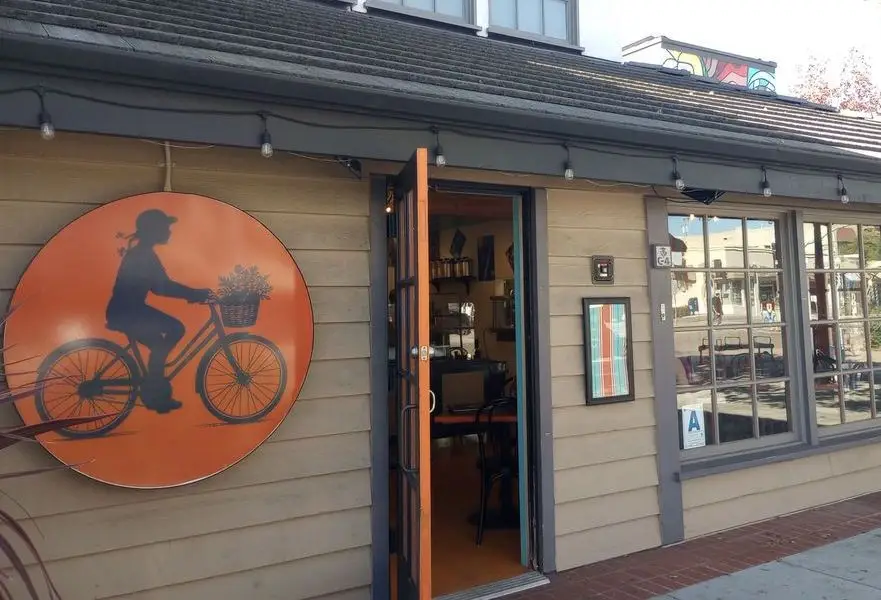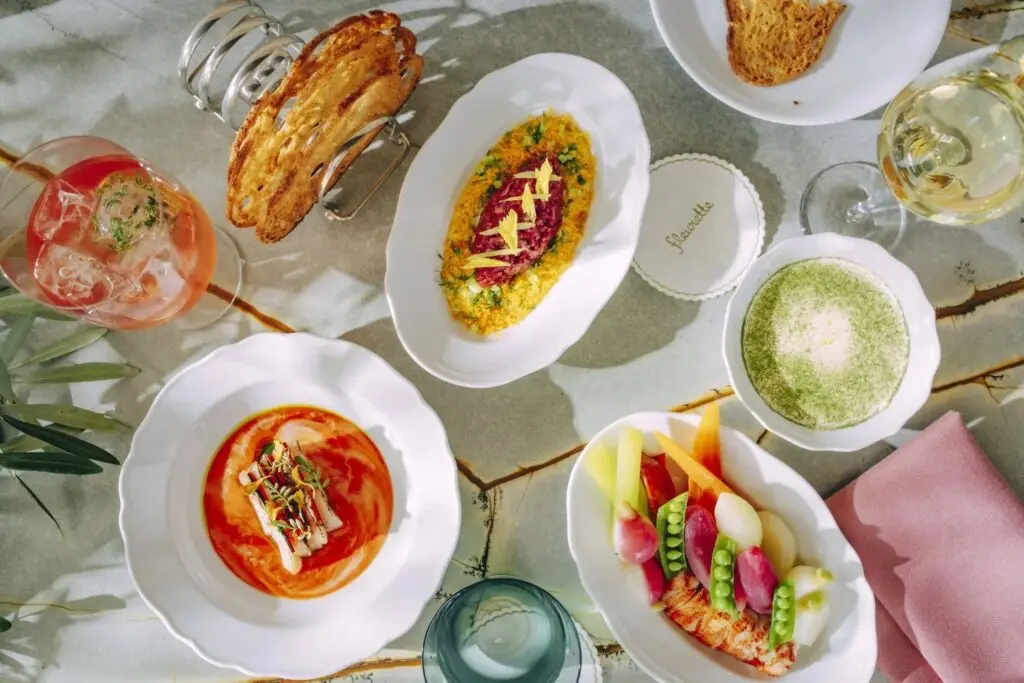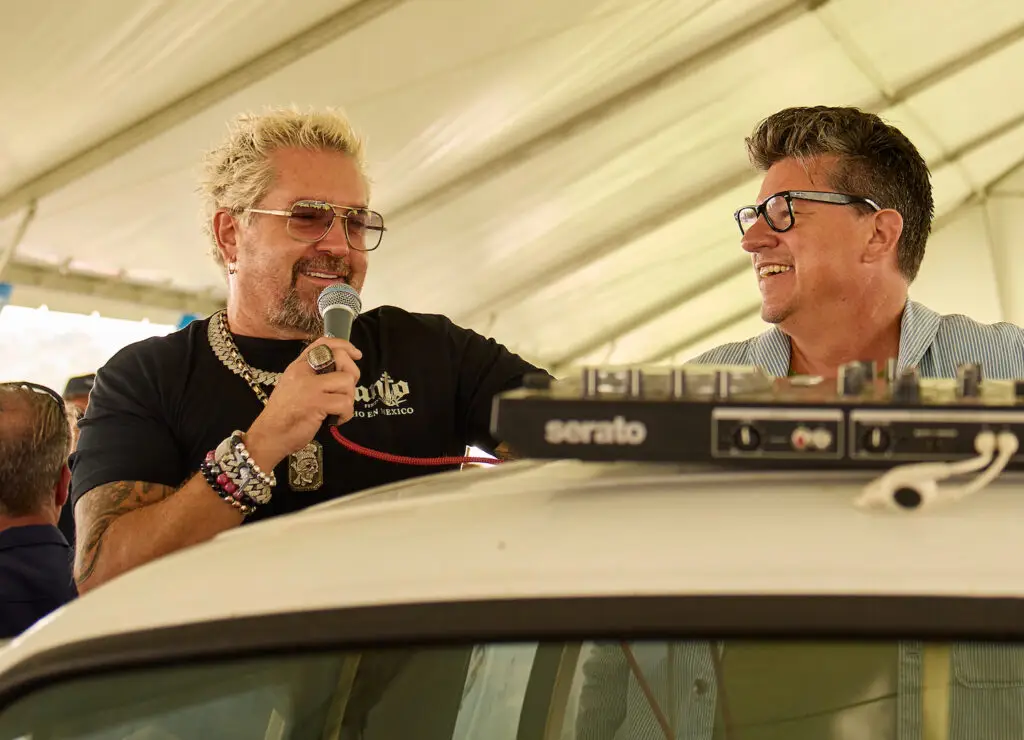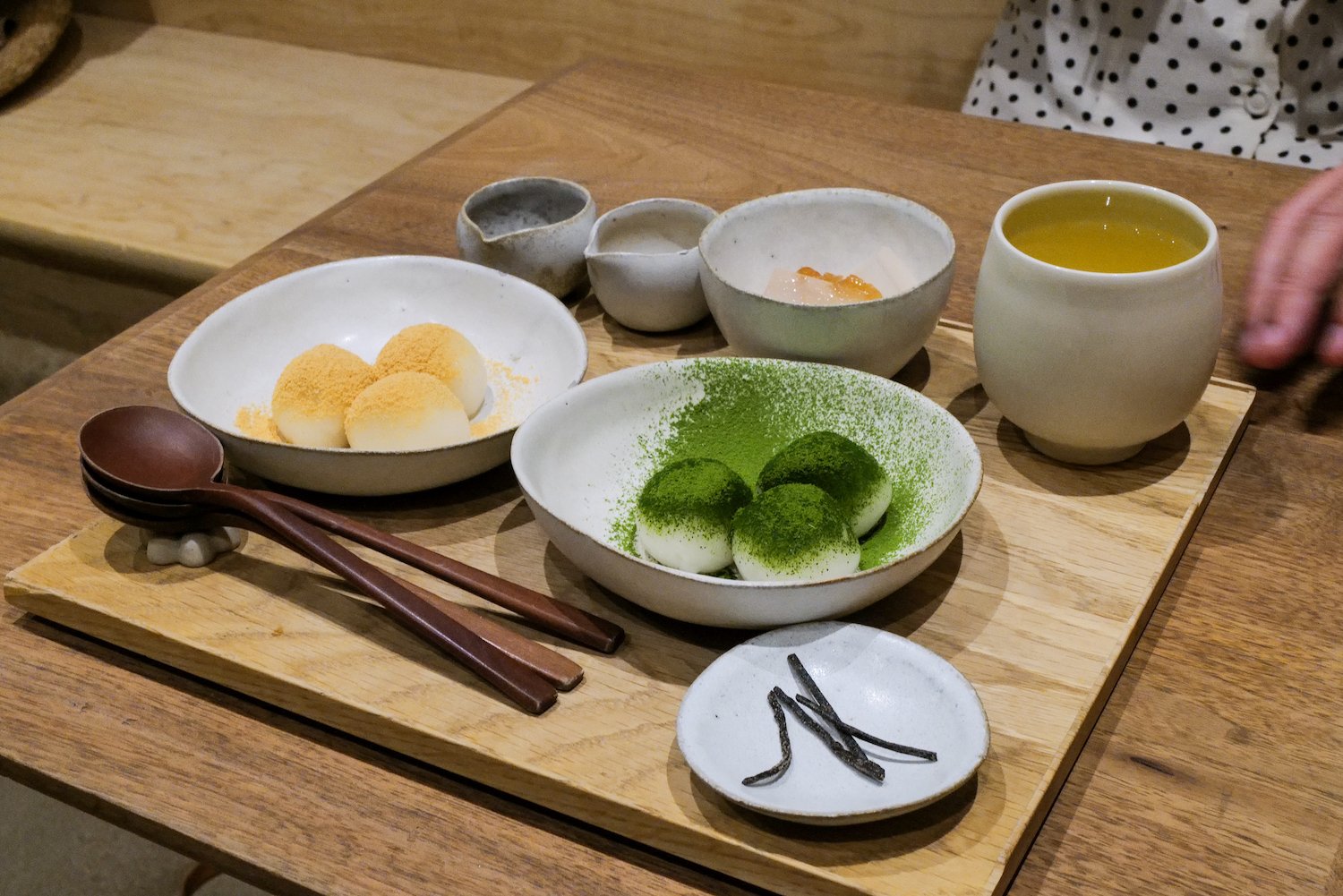Recently I was in Tokyo on a gastronomical mission. Simply, I wanted to taste as many things as possible on a weekend visit to Asia’s finest food city. But my quest also had a deeper component. I was born in Hong Kong and, though I grew up in America, I had always nurtured a happy association with Asia. In childhood, I became entranced by Japanese cartoons like Pokémon (and its lesser-known steampunk cousin, Digimon).
I devoured udon almost daily. In fourth grade, my parents sent me to a Japanese octogenarian’s home for weekly Japanese lessons, where she taught me the katakana and hiragana alphabets and screened My Neighbor Totoro sans subtitles. A memorable trip to Japan as a teen—to Tokyo, Kyoto, and Mount Fuji—solidified my childhood fascination.
Returning recently was a way to reconnect with that warm and mysterious longing of mine. And, of course, to eat until incapacitation.

Linked with San Diego through a direct flight, Tokyo sits off a large bay in central Japan. With some 40 million people, it is the world’s largest metropolitan area. But it does not feel overwhelming. In the spotless city center, traffic jams are conspicuously absent. Pedestrians flow in an ordered torrent.
At the stylish new Bulgari Hotel near Tokyo Station, followed by the more classic Peninsula Hotel overlooking the Imperial Palace, I took in Tokyo like a king. What’s nice about the view from the 44th floor at the Bulgari is the water: In a sprawling megalopolis of endless concrete and skyscrapers, you spot the glittering bay and the zig-zagging Sumida River. From a cavernous suite at the Peninsula, the turquoise roofs of the 19th-century palace peek over a rare swath of green, the dense, moated park like a flood of broccoli heads in a stream.
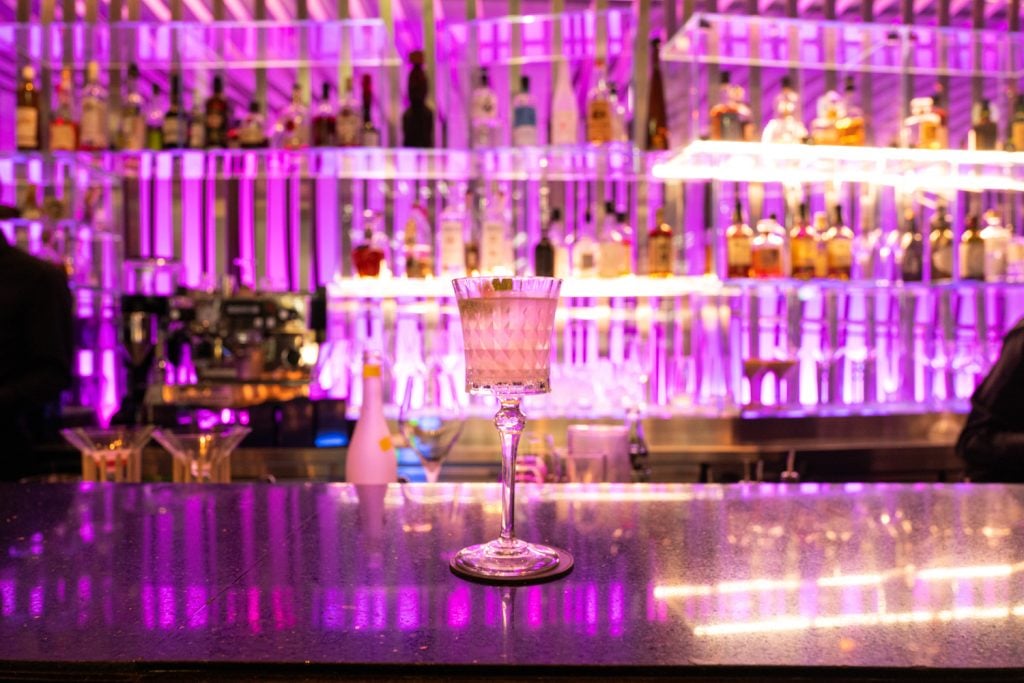
Above all, I desired to avoid mediocre meals in Tokyo. My time was short and the possibility of profound bites high, so every lackluster meal was a wasted opportunity. Wandering into a sushi bar in Tsukiji, the buzzing, food-drenched former home of Tokyo’s largest fish market (which relocated elsewhere in 2018), I was pleased to spot the framed signatures of famous sumo wrestlers on the walls—this, I had been told by a Tokyo resident, is a high sign of local cred and a strong indication that a place is legit. Sure enough, at this tiny den, called Tsukiji Kagura Sushi Annex, I had life-changing nigiri. Their secret: an old-style red vinegar used on the rice.
Tokyo is full of such small yet powerful improvements. You see signs of it everywhere. People are constantly tinkering, improving, and cleaning, and there is a widespread, earnest pride in the small and mundane. Store products are pleasingly arranged in bright, intricate exhibits. Specially grown strawberries retail for $50 a box. A chef with Michelin experience devotes herself to kakigŌri, a cutesy shaved-ice dessert. Taken together, it all amounts to an ambient level of high-quality stuff. In gastronomy, this is especially true.
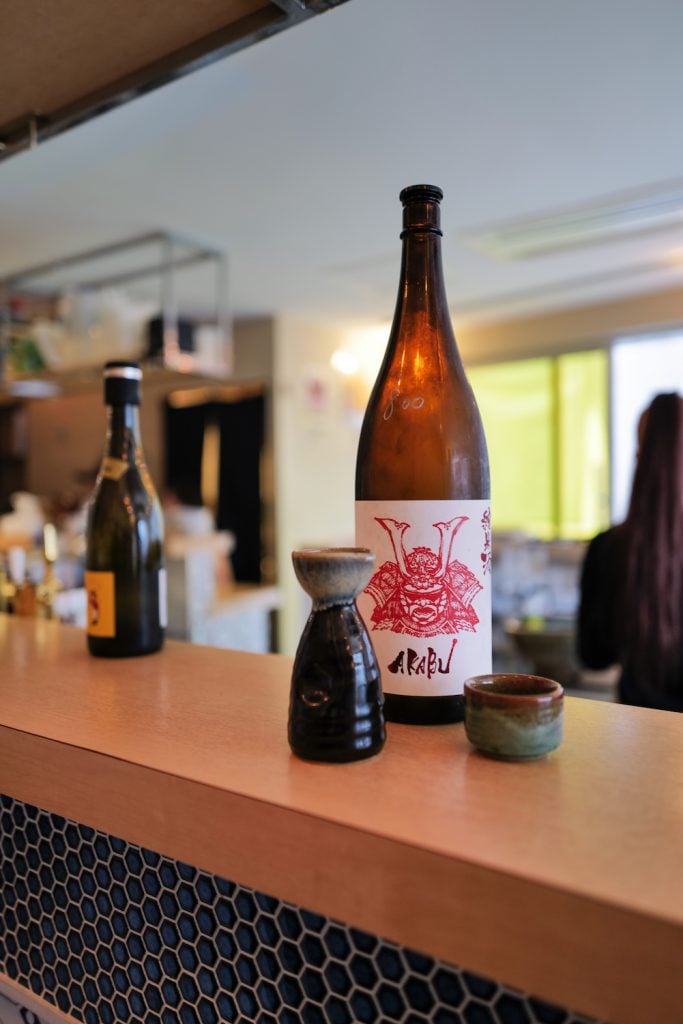
One well-known haunt of Japanese perfectionism is Bar Benfiddich, which is rated as Tokyo’s finest cocktail bar. There is no menu. Bartenders craft each drink to the tastes of the customer. The teeny place, squeezed into an upper floor of a narrow building on the edge of Shinjuku City, resembles an English hunting lodge. Taxidermied animals line dark walls. The founder, Hiroyasu Kayama, is a farmer who grows all his own botanicals.
On my visit, he manned his bar in a pristine white suit, mixing libations with the studied care of a nuclear physicist. The concoction he produced for me—a fragrant blend of absinthe, grapefruit juice, honey, and egg white—was stunning.
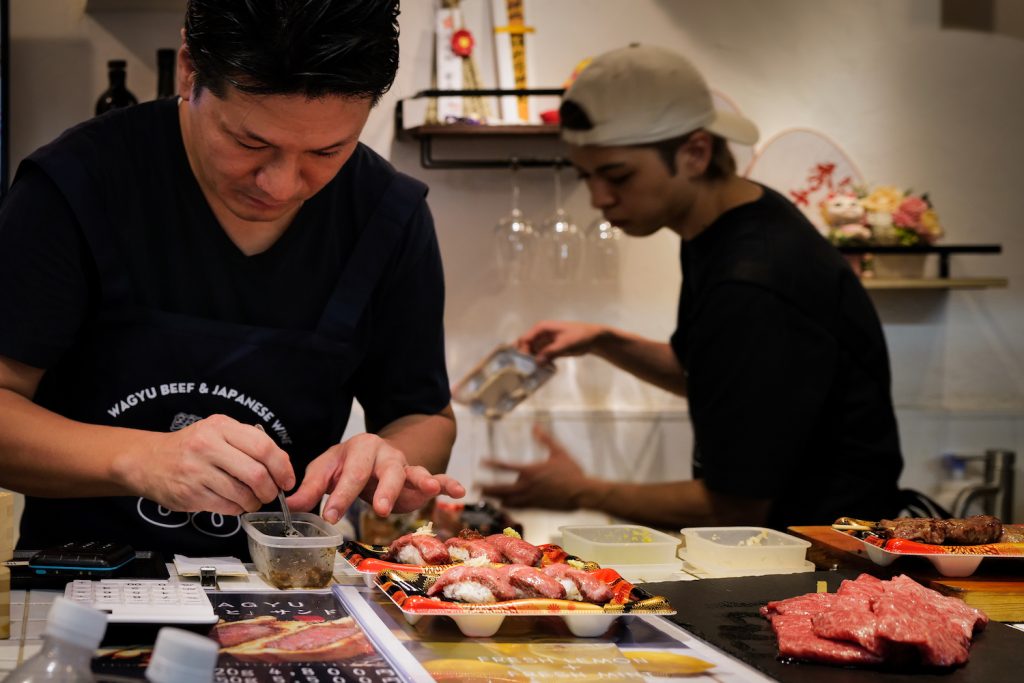
In Tokyo, I noticed that the best bites often were found in eateries with specific focuses. The smaller the menu, the better the food. Wagyu 88, a tiny market stall in Tsukiji, serves only Wagyu small bites. There, I hoovered down a trio of thin slices of Wagyu served atop rice, nigiri-style, with dollops of fresh wasabi and ginger. Fantastic. Fuunji Tokyo Ramen Yokocho, a casual spot in the basement of a department store, specializes in tsukemen, ramen dipped in a curry-thick unagi broth. Incredible. At a dessert bar called Kanmi Mitsuya, I waited in line among teenagers for half an hour for sweet, chewy mochi balls doused in black sesame and brown-sugar sauce. Delightful.
Another correlation: more foreigners, worse fare. One afternoon in East Shinjuku—the Gaslamp times infinity—I went looking for gyoza. Shady bars lined narrow alleys with signboards featuring mega-breasted anime girls. Foreigners roamed in bug-eyed droves. Music blared. Surrounded by Brits, Aussies, and Chinese in a loud izakaya (the casual, boozy eateries found throughout Japan), I ate mediocre gyoza as a large scuffle broke out on the street outside. I didn’t like East Shinjuku.
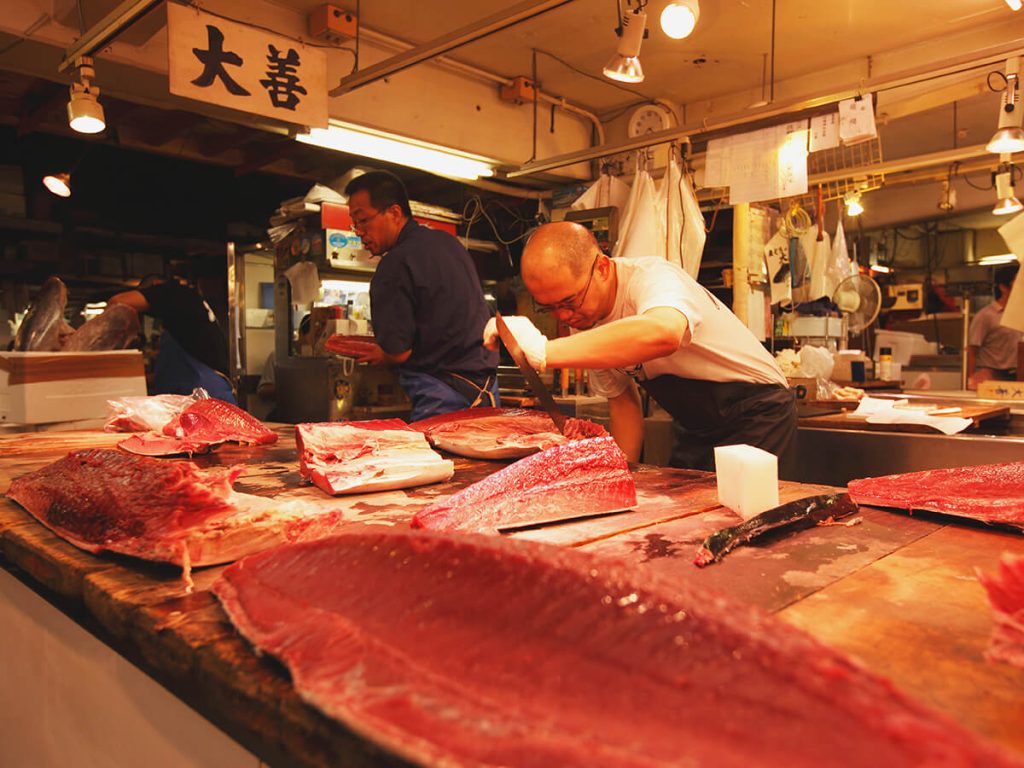
Beyond eating, there are plenty of things to do on a weekend visit to Tokyo. You can tour through Tsukiji Fish Market and gawk at the ill-fated marine life, visit world-class attractions like the new Artizon Museum or the Hayao Miyazaki–inspired Ghibli Park, or see a sumo match (tournaments run in January, May, and September and quickly sell out). But, often, the most memorable moments are unplanned.
PARTNER CONTENT
In a crowded alley near Shinjuku Station, I met an old man named Sage who insisted on taking me to a favorite sashimi spot of his. It was nearby, he assured. Wearing a pinstripe shirt tucked into well-ironed trousers, he led me through blocks of lunchtime traffic into the basement of the Odakyu Ace shopping mall. Sage’s beloved, no-frills eatery was just a few tables tucked into the dim corner of a food court.
There was one waitress and one chef and no restaurant name beyond the sign “Sashimi.” Large bottles of sake sat cooling in a fridge. A trio of old-timers chatted amiably at a small table. We ordered fresh cuts of maguro. The tuna arrived in tidy, thick slices, like red globs of clay, alongside wasabi and a mess of snowy daikon. Sage had already eaten. But he smiled contently as I chewed. He was happy to see that I wanted more.

